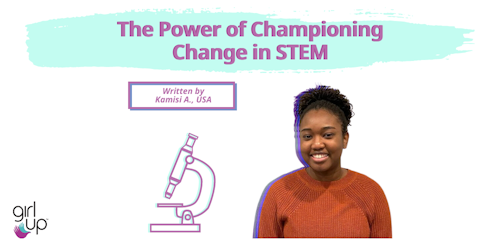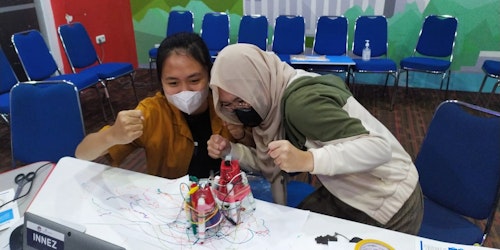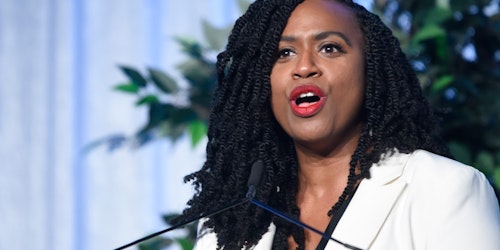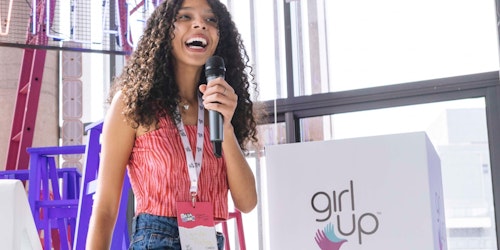Breaking Boundaries with Mentorships
Did you know that women represent only 30% of the global STEM workforce despite their increased presence in higher education? The gender gap is even more significant for women of color, with Black and Hispanic women comprising just 2% and 1% of U.S. scientists and engineers, respectively. Not to mention women in STEM earn about 74% of what their male counterparts make. According to the Women in Africa and the Diaspora (WAAW) Foundation, effective mentorship is crucial for breaking down these barriers and providing role models, confidence-building, and professional networking opportunities to help underrepresented female youth thrive in STEM careers.
Uncovering the Roadblocks
A complex web of socio-economic, cultural, and systemic factors contributes to the lack of mentorship opportunities for underrepresented female youth in STEM:
Educational Gaps:
- In the United States and Europe, approximately 12-15% of female students enroll in higher education STEM courses, with ICT courses having particularly low female enrollment at about 5%. Meanwhile, the gender gap is most pronounced in the Global South, including regions in Africa, Latin America, and parts of Asia. UNESCO reports that in these regions, fewer than 3% of female students are enrolled in ICT courses, significantly impacted by socio-economic barriers, limited resources, and traditional cultural norms that often restrict women’s educational opportunities in STEM. The socio-economic barriers are less about access and more about cultural stereotypes and the lack of female role models in STEM fields.
- Countries like China and South Korea show a higher engagement of women in STEM fields due to strong educational policies and initiatives; however, the numbers in ICT remain low, with female enrollment close to 8-10%. Similarly, some countries in the Middle East, such as the UAE and Saudi Arabia, have seen an uptick in female STEM participation due to government-led initiatives and reforms. Female enrollment in STEM courses can range from 9-14%, but participation in ICT remains low. These disparities highlight the varying challenges and needs across different regions, underlining the importance of region-specific approaches to mentorship and support in STEM.
Workforce Representation:
Even among those with STEM degrees, women are underrepresented in STEM occupations. In Europe, only 17% of the ICT workforce is female. In the U.S., women hold just 16% of engineering and 27% of computer science roles. The representation is even lower for Black and Hispanic women.
Cultural Norms and Systemic Bias:
UNESCO’s “Cracking the Code” report shows that biases in education systems and the workforce lead to fewer opportunities for female students and professionals. The International Journal of STEM Education published a study that confirms that women continue to face obstacles in finding mentors who can provide personalized support.

Mentorship Initiatives: Programs That Make a Difference
Amid these challenges, several inspiring mentorship initiatives are making significant strides in bridging the gap for underrepresented female youth in STEM. These programs not only highlight the need for more inclusive approaches but also showcase the transformative power of targeted support and mentorship.
- Technovation’s Global Reach
- WEPAN’s Structured Network
- SheCodes’ Localized Support
- Girls Who Code’s Ambitious Goal
- Million Women Mentors’ Extensive Impact
- NGCP’s Wide-reaching Influence
- SWE’s Comprehensive Resources
- AAUW’s Advocacy for Change
- AWIS’s Focus on Career Advancement
- Black Girls Code’s Empowering Mission
These programs, each with its unique approach and focus, demonstrate the varied but unified efforts needed to support underrepresented girls in STEM. By continuing to support and expand such initiatives, we can ensure that every aspiring young woman receives the mentorship she needs to excel and, ultimately, help bridge the significant gender gap in STEM.
Challenges and Roadblocks: Navigating Common Pitfalls
Mentorship programs face a myriad of challenges, including funding constraints, cultural resistance, and a general lack of awareness about their benefits. UNESCO has underscored how pervasive stereotypes not only discourage women from pursuing STEM fields but also create a hostile environment that can affect their performance and persistence. This phenomenon, known as “stereotype threat,” can lead to situations where women are at a higher risk of conforming to negative stereotypes about their abilities in science and technology.
To counter these barriers, programs require robust partnerships and innovative funding models to scale effectively. Furthermore, research published in the journal Management Learning illustrates the vital role of peer mentoring and supportive networks in helping women navigate and overcome these obstacles.
Lessons and Best Practices: Strategies That Work
- Localized Initiatives:
Programs like SheCodes demonstrate the importance of culturally sensitive mentorship, tailoring their initiatives to regional needs. - Early Engagement:
Technovation and GoIT Girls emphasize early engagement, ensuring girls develop a lifelong interest in STEM. - Corporate Partnerships:
Collaborating with companies, as seen with WEPAN, offers funding and valuable career insights. - Research-Based Approaches:
The American Association of University Women (AAUW) emphasizes data-driven strategies to help dismantle stereotypes and biases.
A Call to Bridge the Gap
Mentorship can transform underrepresented female youth’s futures in STEM, providing them with networks, guidance, and encouragement to thrive. Organizations like Technovation, Girls Who Code, and Science Club for Girls reveal the power of collaboration in empowering future generations. With renewed cross-sector partnerships, culturally sensitive programming, and investment in research-based strategies, every aspiring young woman can find the support she needs to excel in STEM.
The views and opinions expressed in this blog are the author’s own.








